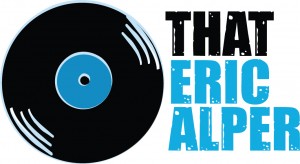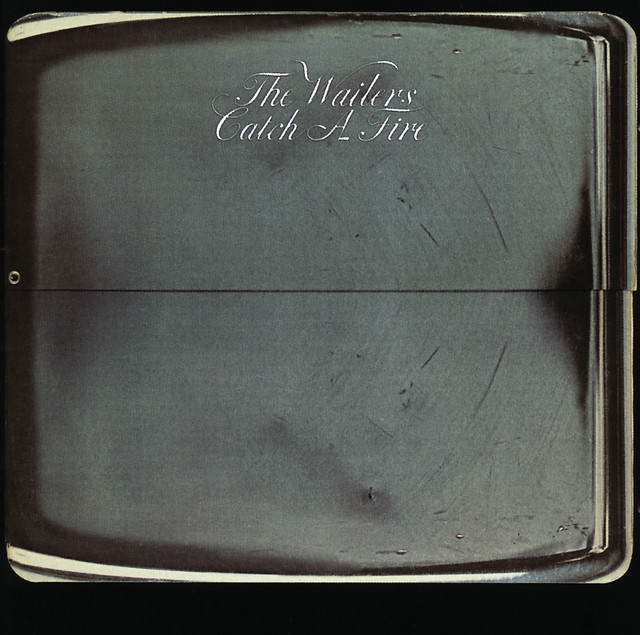Few albums have ignited a genre’s worldwide recognition quite like Catch a Fire by The Wailers. Released in April 1973, this record marked a pivotal moment—not just for reggae, but for the future of Bob Marley as a global icon. Before Catch a Fire, reggae was still largely confined to Jamaica and the Caribbean, but with this album, The Wailers introduced the world to their socially conscious, groove-driven sound. The story of Catch a Fire is one of resilience, reinvention, and revolution—a landmark album that continues to burn bright.
The Birth of Catch a Fire: A Chance Meeting and a Bold Investment
With the band stranded in London due to a contract dispute, road manager Brent Clarke turned to producer Chris Blackwell of Island Records for help. Blackwell, seeing the potential in The Wailers, fronted them £4,000—not to record an album, but to get home to Jamaica. Once back, Marley, Peter Tosh, and Bunny Wailer laid down tracks at Dynamic Sound, Harry J’s, and Randy’s studios in Kingston. It was a stroke of luck that turned into one of the most influential deals in reggae history.
The Wailers’ Sound Takes Shape with Overdubs in London
After recording in Jamaica, Marley flew to London to hand the master tapes over to Blackwell, who had a vision of making the music more accessible to rock audiences. Blackwell brought in Muscle Shoals session guitarist Wayne Perkins, whose bluesy solos on Concrete Jungle and Stir It Up added a new dimension to the album. These overdubs, along with the studio remixing, helped reggae cross over into rock markets, a move that proved critical in Catch a Fire‘s success.
A Blend of Political Rebellion and Love Songs
While many of the album’s lyrics tackle themes of poverty, injustice, and resistance, Catch a Fire also balances its fiery political messages with songs of romance and longing. Slave Driver calls out the modern oppression of Black people, linking it to the horrors of slavery, while Stir It Up is a tender, sensual love song. This ability to weave personal and political narratives into music is one of the reasons Marley’s songwriting remains timeless.
A Zippo Lighter That Made Album Art History
The original Catch a Fire vinyl pressing featured one of the most iconic album covers of all time—a hinged sleeve designed to resemble a Zippo lighter, which opened at the side to reveal the record. Only 20,000 copies were made before production costs forced a switch to an alternative cover. This new artwork, designed by John Bonis, featured Esther Anderson’s famous photo of Marley smoking, further cementing his rebellious image. The original Zippo cover has since become a coveted collector’s item.
The Tour That Brought Reggae to the World
Following the release of Catch a Fire, The Wailers embarked on the Catch a Fire Tour, covering England and the U.S. The tour generated international buzz, earning them new fans and setting the stage for Marley’s future superstardom. Despite only reaching #171 on the Billboard 200, the album’s impact far exceeded its chart position, helping reggae break into the mainstream for the first time.
Catch a Fire is second only to Legend among Marley’s most celebrated works. It remains a cornerstone of reggae, influencing countless artists across genres. The album’s troubled recording history and eventual triumph over industry obstacles reflect the very themes it espouses—perseverance, rebellion, and the fight for recognition.







